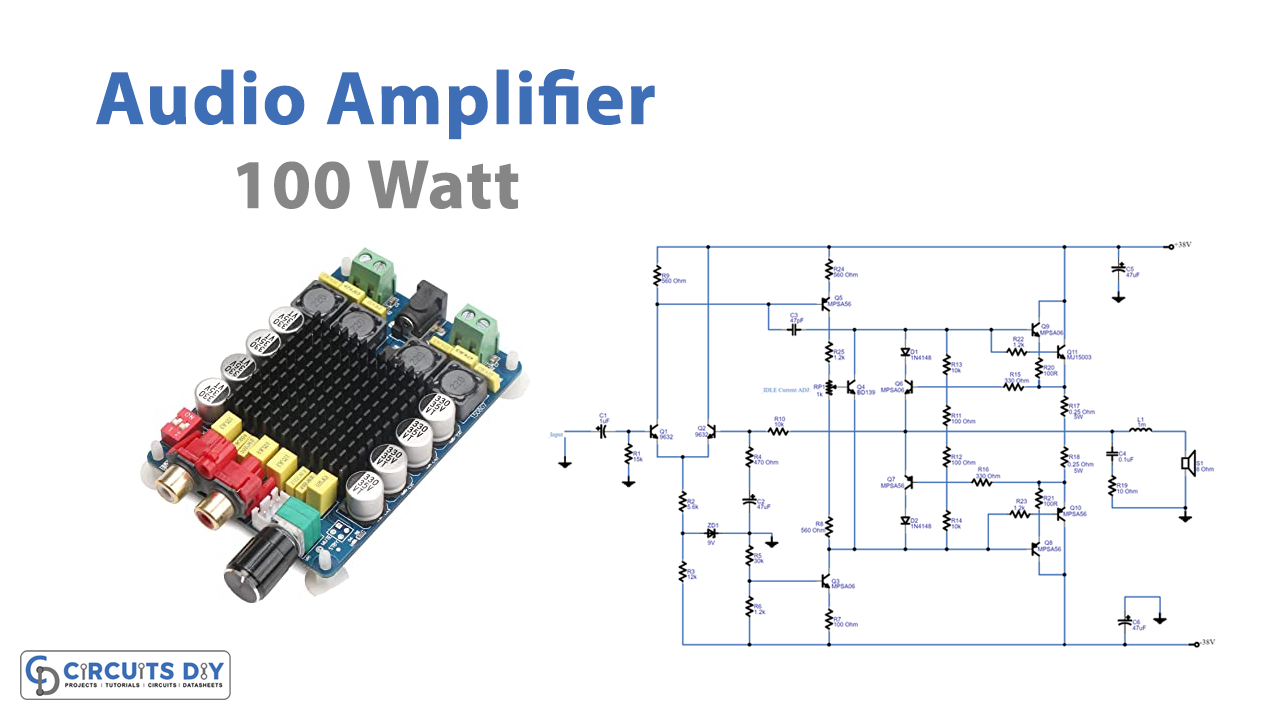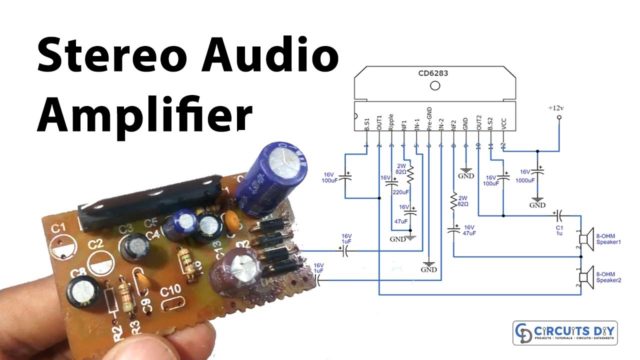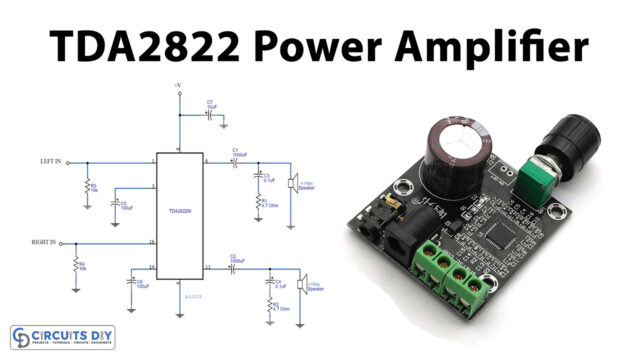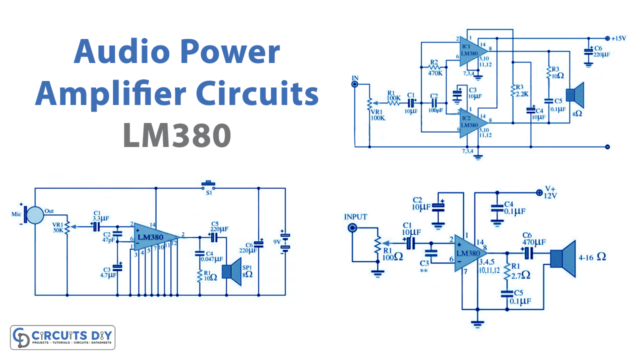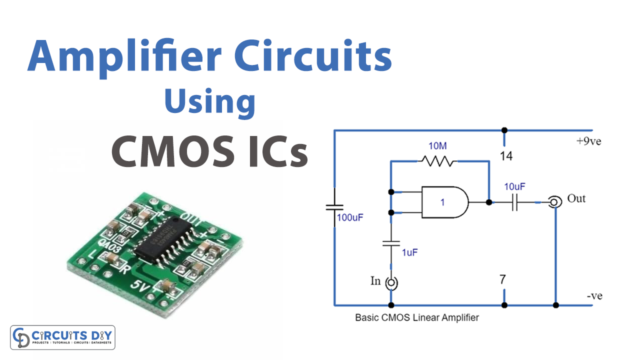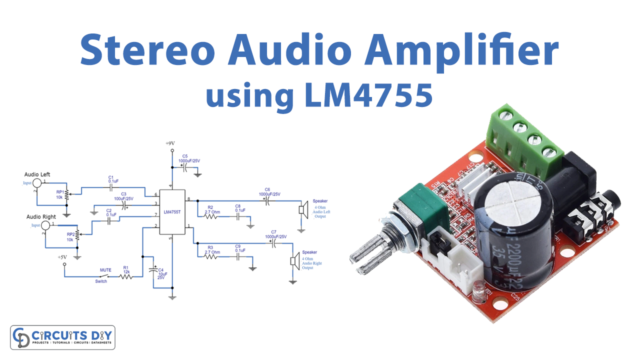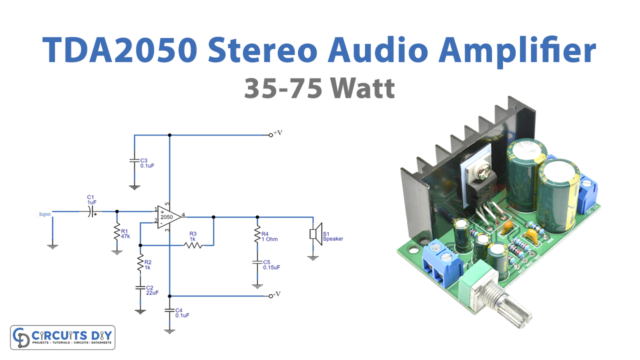Introduction
In so many articles, we have come up with amplifier circuits, and we try our best to come up with different types of amplifiers, having different classes or containing different power outputs. So, in this tutorial have decided to make a ” 100w amplifier circuit”.
In the making of the circuit, we are using different kinds of PNP and NPN transistors. Also, we are using PCB because these boards have more advantages than other boards. For example, they are more reliable than breadboards or Vero boards; they have simple troubleshooting and repair, and they are more efficient with less noise.
Hardware Required
| S.no | Component | Value | Qty |
|---|---|---|---|
| 1. | Transistor | MPS9632, MPSA06 | 2, 3 |
| 2. | NPN Power Transistor | BD139 | 1 |
| 3. | PNP Transistor | MPSA56 | 3 |
| 4. | PNP Transistor | MJ15004 | 1 |
| 5. | NPN Transistor | MJ15003 | 1 |
| 6. | Resistor | 5.6K, 12K, 15K, 30K, 10K, 1.2K, 10 ohm, 470 ohm, 560 ohm, 330 ohm, 0.25 ohm 5W, 100 ohm | 1, 1, 1, 1, 3, 4, 1, 1, 2, 2, 2, 5 |
| 7. | Capacitor | 1uF, 47uF, 0.1uF, 47pF | 1, 1, 1, 1 |
| 8. | Diodes | 1N4148 | 2 |
| 9. | Speaker | 8 ohm | 1 |
| 10. | Zener Diode | 9v | 1 |
| 11. | Inductor | – | 1 |
Circuit Diagram

Working Explanation
100w Amplifier Circuit First, we provide a signal to the input from the tone controls. Capacitor C1 sends the audio signal to transistor Q1’s base. The differential amplifier is formed by connecting transistors Q1 and Q2, to boost low audio while decreasing noise input. The signal from Q1’s collector then travels to transistor Q5. It is a circuit for a pre-driver amplifier.
In this circuit, the transistor Q4 controls the idle current by setting a level bias. We can change the level of idle current. By modifying the VR1. Q3 operates as a boost-trapping transistor. Q5’s output signal is received at the base of Q8 and Q9. They serve as the driving circuit, to drive the output transistors Q10 and Q11 from the signal output. Q10 and Q11 are both output transistors. MJ15003 and MJ15004 together consume up to 200 watts. So there is no issue with durability.
Application Uses
- Devices that amplify sounds in the human hearing range
- Home audio systems
- Toys, Robots, etc

